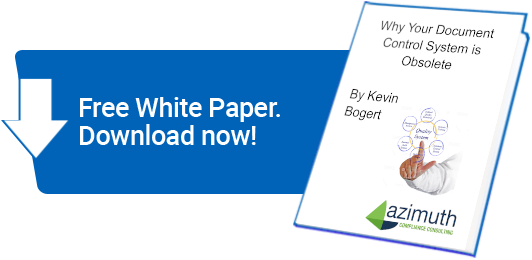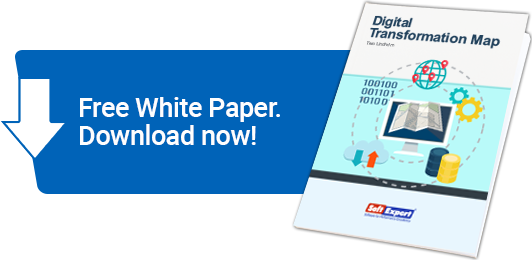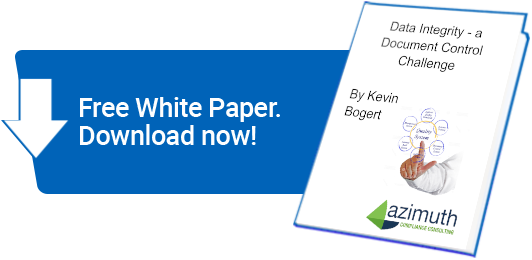Contracting Organizations and the need for written
Transfer Obligations and Quality Agreements

Outsourcing of pharmaceutical, biotechnology, and medical device clinical research and manufacturing has grown significantly in the past several years, and the trend is predicted to continue. There are several explanations for why this growth in outsourcing has occurred. The growth in clinical research, limited corporate infrastructure or in-house expertise to create new products explains some of the expansion; the mitigating of financial and compliance risk may explain the remainder. Many companies use outsourcing, in addition to internal resources, because having alternate capabilities included in the regulatory submissions provides protection in the event of supply interruptions, manufacturing problems at a given site, or unexpected increases in demand.
In this paper, Kevin Bogert provides guidance on what Transfer Obligations and Quality Agreements should contain.
Kevin Bogert is currently Managing Member of Azimuth Compliance Consulting. He has more than 35 years of business experience, 30 of them in the life science industry, where he has been involved in global implementations of training, quality, and regulatory systems. His background includes statistics, quality and regulatory systems, computer and process validation, and automation of manufacturing processes.
He can be contacted at: kbogert@azimuthcc.com






